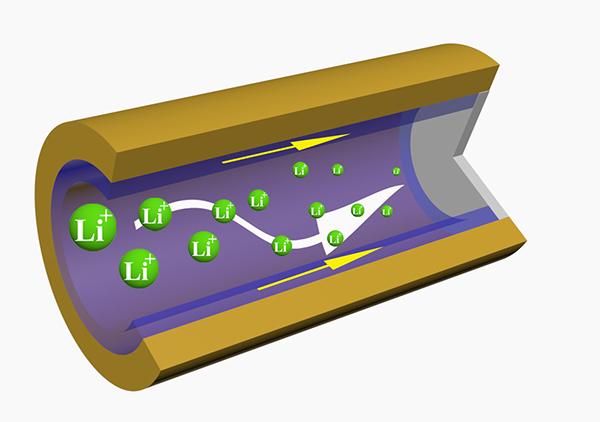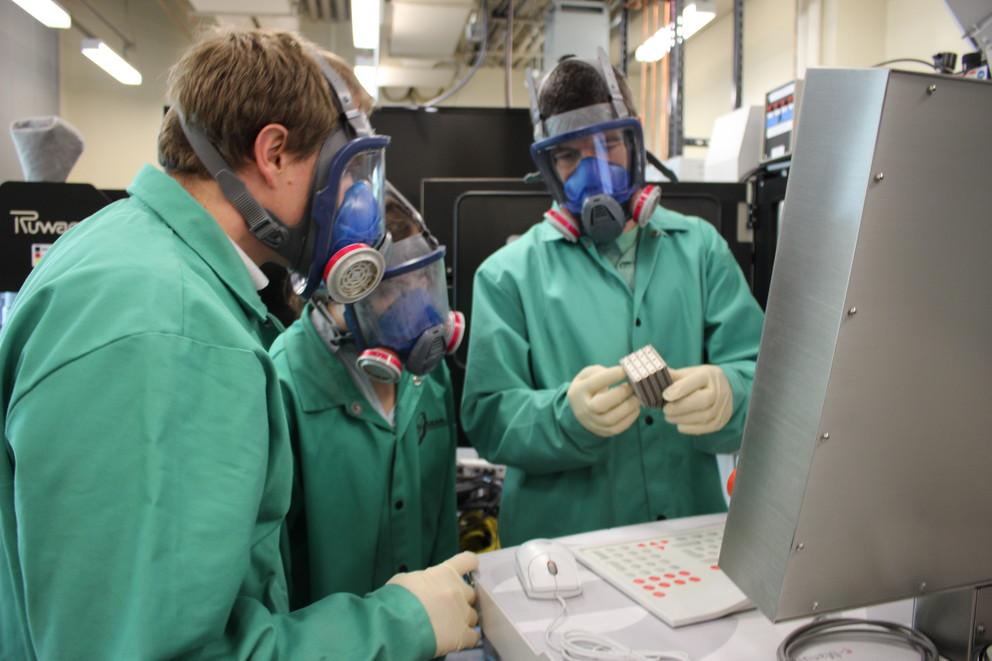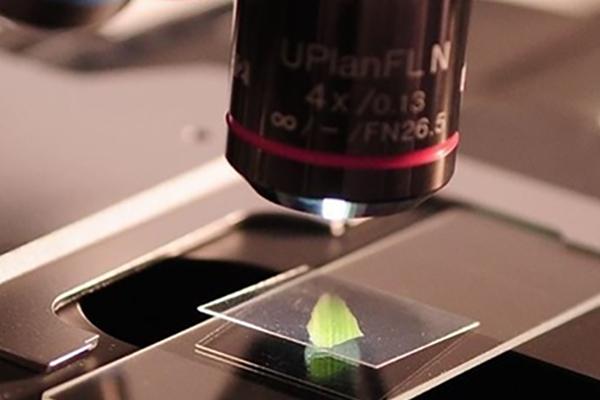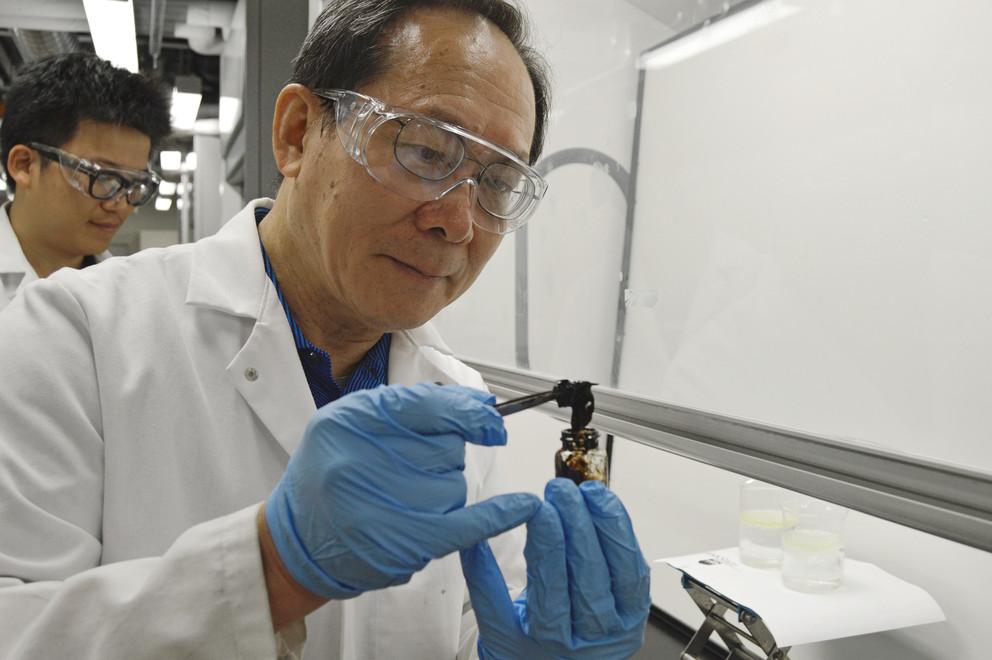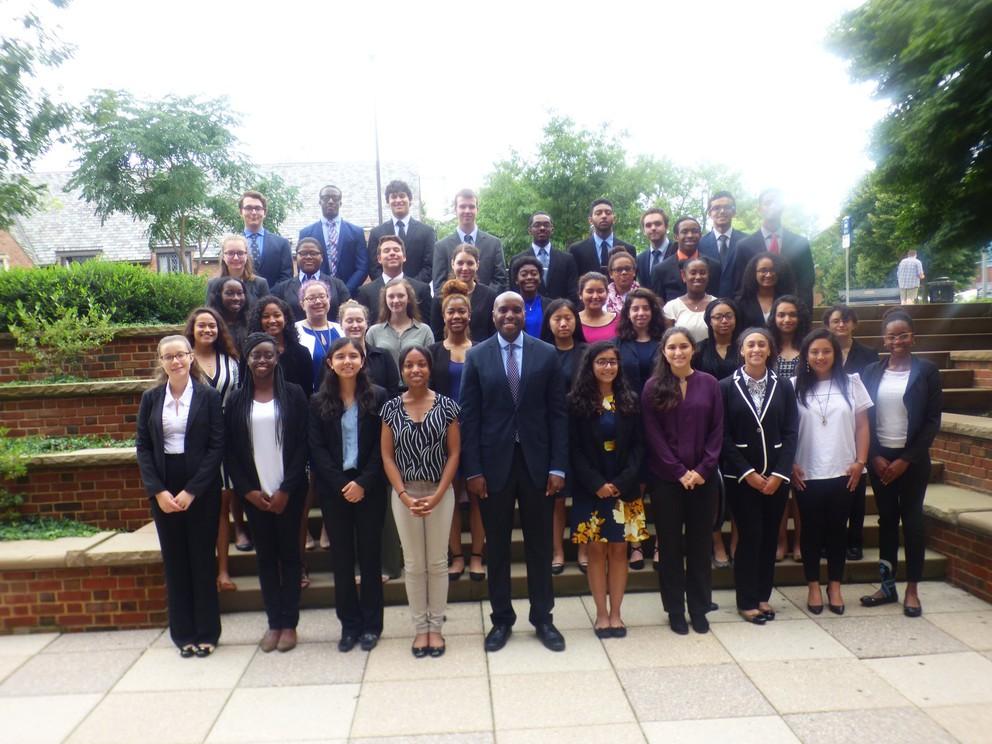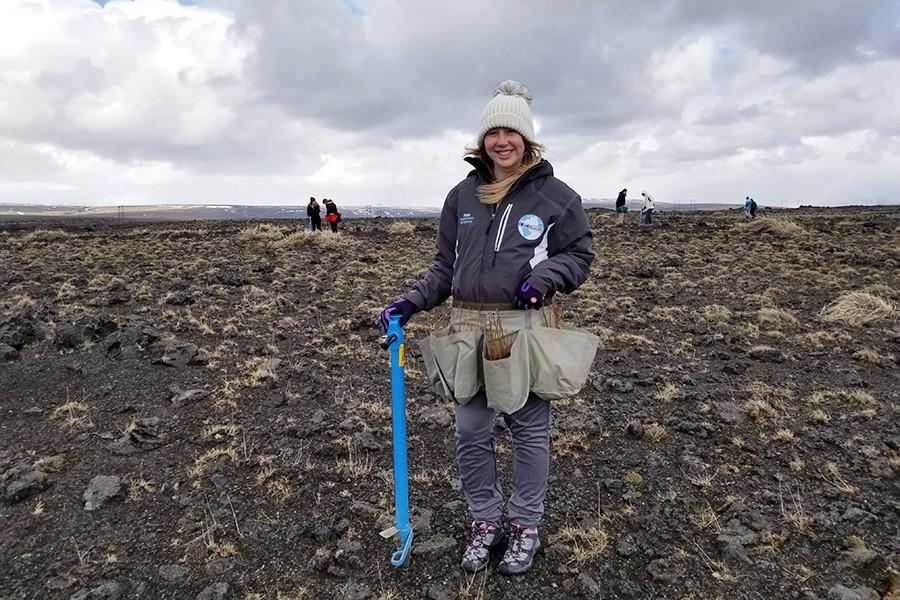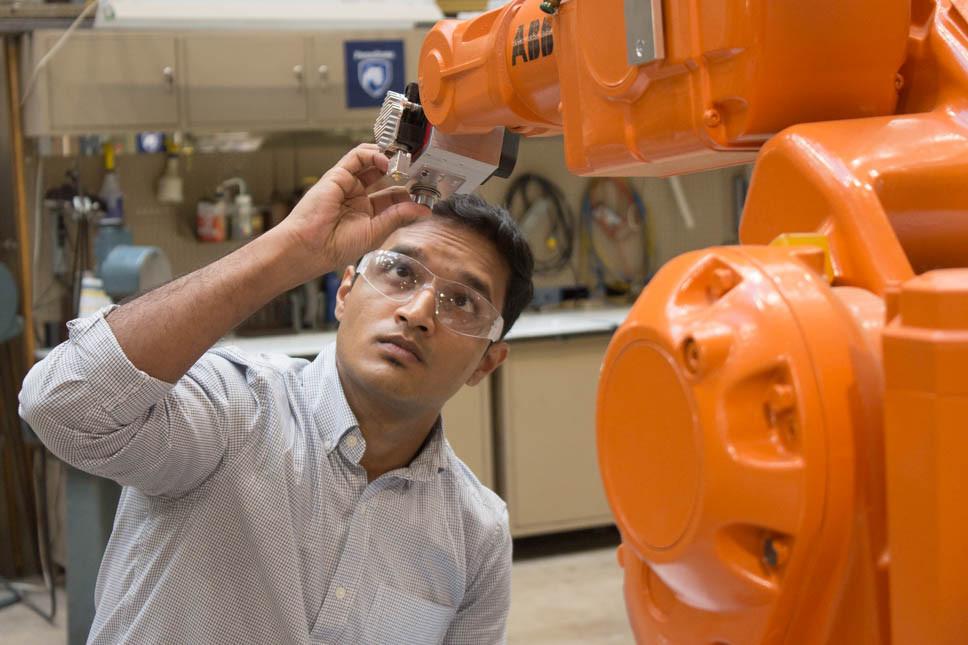Dramatically longer-lasting, faster-charging and safer lithium metal batteries may be possible, according to Penn State research, recently published in Nature Energy.
Prompted by the industry demand for trained experts in additive manufacturing and design for additive manufacturing, Penn State is offering a new graduate certificate in additive manufacturing and design (AMD) through Penn State World Campus.
An inaugural University-wide undergraduate research symposium will showcase work being conducted by women, minorities and first-year students in STEM fields. The event features research from more than 30 participants through Penn State’s WISER/MURE/FURP program. The symposium will be held from 5:15 to 7:30 p.m. on Nov. 14 in the atrium of the Steidle Building on the University Park campus.
A super-absorbent material developed by Penn State scientists could dramatically reduce the environmental impact of oil spills on oceans and allow recovered oil to be refined normally.
Penn State Millennium Scholars, including those from the College of Earth and Minerals Sciences, say they're ready to be a part of and facilitate changes in the diversity of STEM fields.
The National Science Foundation has awarded $1.4 million to a team of Penn State scientists led by Joshua Robinson, professor of materials science and engineering, and John Asbury, associate professor of chemistry, to develop a new laboratory at the University with ultra-fast microscopes that will provide a high-resolution look at incredibly thin materials.
The inability to alter intrinsic piezoelectric behavior in organic polymers hampers their application in flexible, wearable and biocompatible devices, according to researchers at Penn State and North Carolina State University, but now a molecular approach can improve those piezoelectric properties.
How can you snorkel between two tectonic plates, hike along a canyon hundreds of feet deep and enjoy a bonfire in the mountains -- all in the same day, and all while learning about sustainability? Shaylee Traugh has the answer.
Introduced in 2017, the AMD program is educating students and working engineers to become technical experts in additive manufacturing and design.
Careful sample preparation, electron tomography and quantitative analysis of 3D models provides unique insights into the inner structure of reverse osmosis membranes widely used for salt water desalination wastewater recycling and home use, according to a team of chemical engineers.


